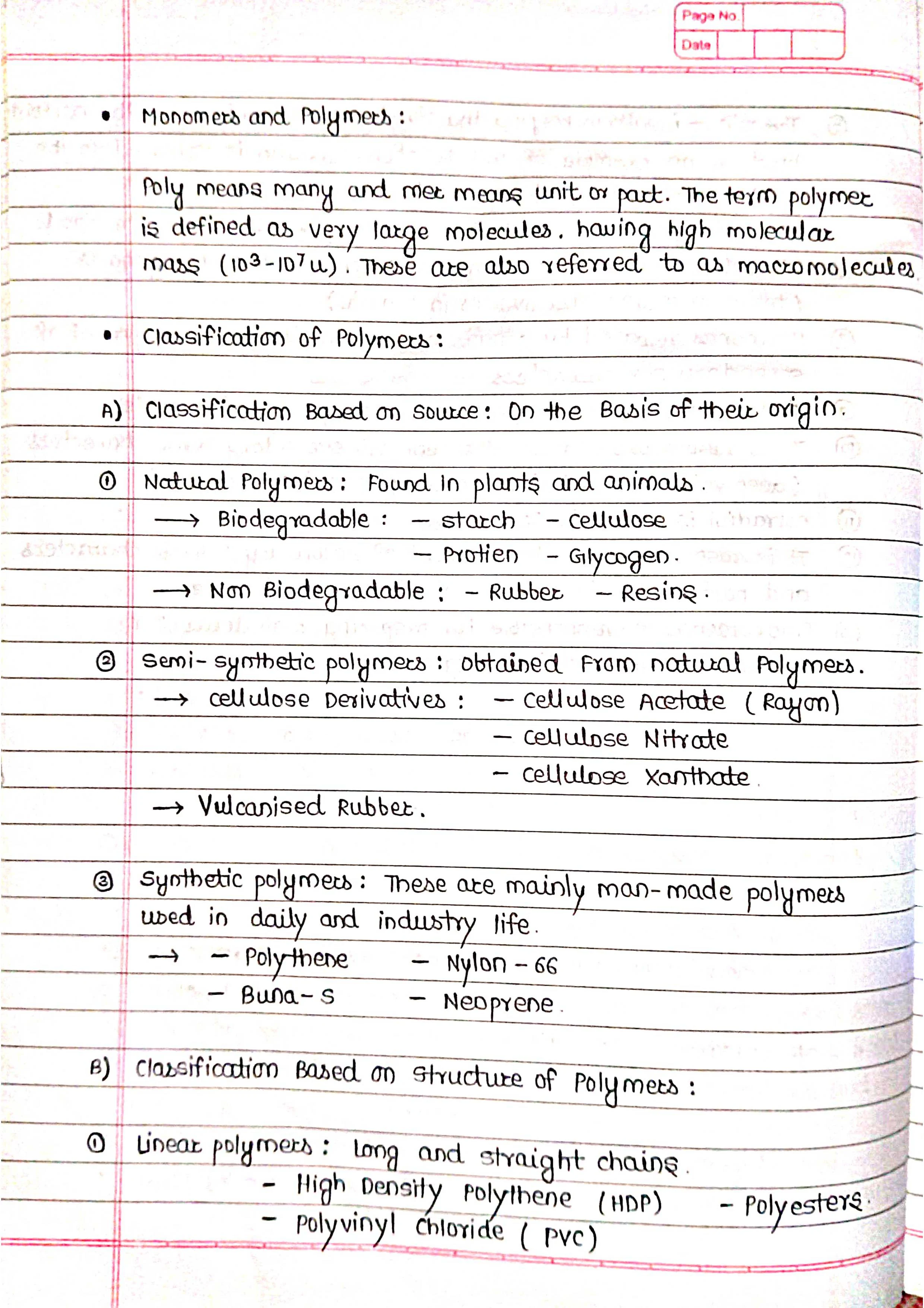Introduction:
➡️ Chemistry is filled with fascinating relationships between different types of molecules.
➡️ This article explores the intriguing connection between monomers and polymers, two fundamental building blocks in the world of chemistry.
➡️ We will delve into their definitions, characteristics, and the fascinating process that transforms one into the other.
Monomers: The Individual Units
➡️ Definition: Monomers are simple molecules that act as the building blocks for larger and more complex structures called polymers.
➡️ Characteristics:
➭ Typically small in size compared to polymers.
➭Possess functional groups that enable them to bond with other monomers.
➭ Examples include glucose (sugar), ethylene (ethene), and amino acids.
Polymers: The Chain Reactions
➡️ Definition: Polymers are large molecules formed by the chemical linkage of numerous monomer units.
➡️ Characteristics:
➭ Exhibit a repeating pattern of the constituent monomers.
➭ Possess vastly different properties compared to their individual monomer units.
➭ Examples include DNA, proteins, plastics, and rubber.
The Transformation: Polymerization
➭ The process of monomers linking together to form a polymer is called polymerization.
➭ This process can occur through various mechanisms, often involving the formation of covalent bonds between the monomers.
➭ The number of monomers linked in a polymer chain can vary greatly, influencing the overall properties of the resulting polymer.












